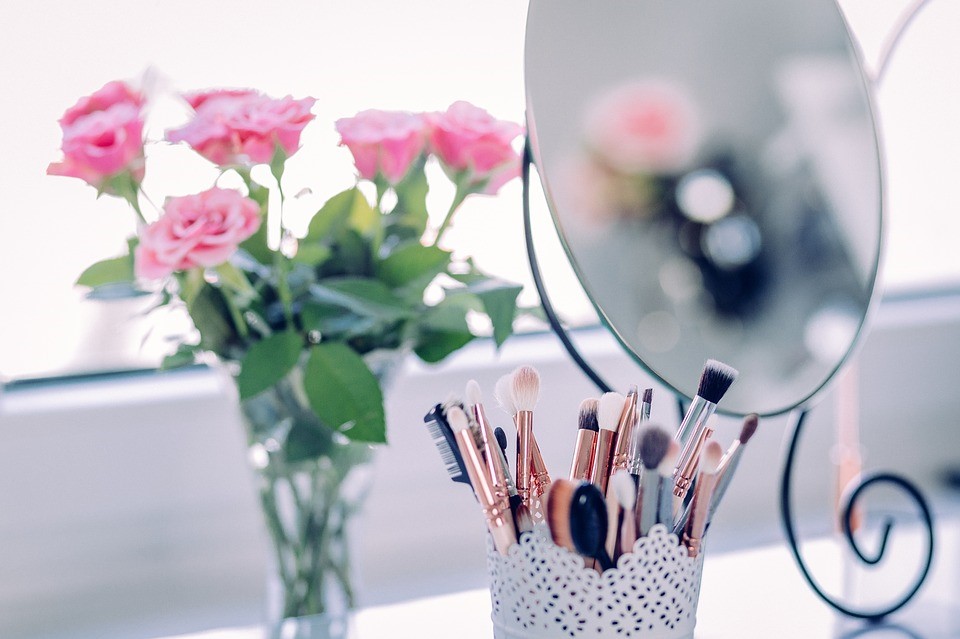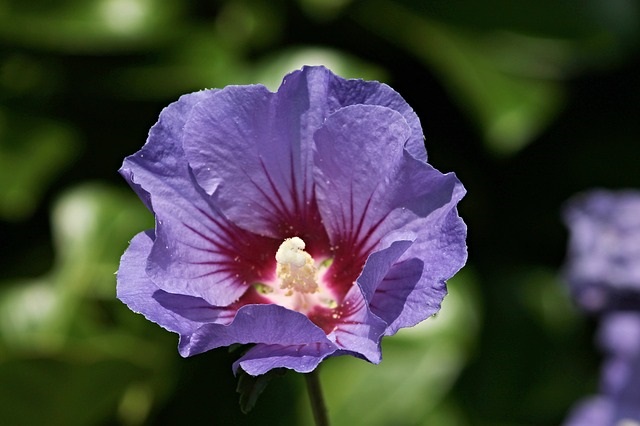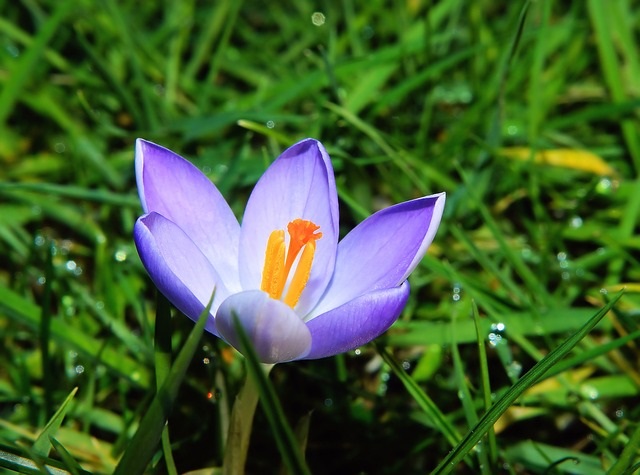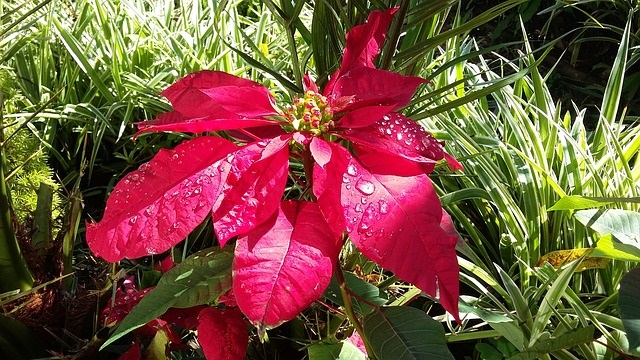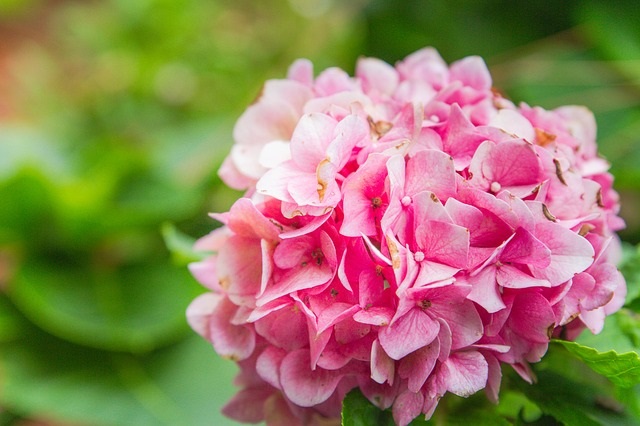
This week, Richard M. Kline, Jr. MD, of The Center for Natural Breast Reconstruction answers your question about breast reconstruction.
Question: Do you do reconstruction after ex plants from Ruptured implant?
Answer: If you have had mastectomies, we will attempt to do reconstruction no matter what has happened, as long as you want it, and it’s medically safe to do so.
If your breast sustained damage from a ruptured implant placed for cosmetic reasons, we will still be happy to help you, but this might not be covered by your insurance.
Hope this helps.
Have a question about breast reconstruction or post-surgical you’d like answered from our surgical team? Just ask!
